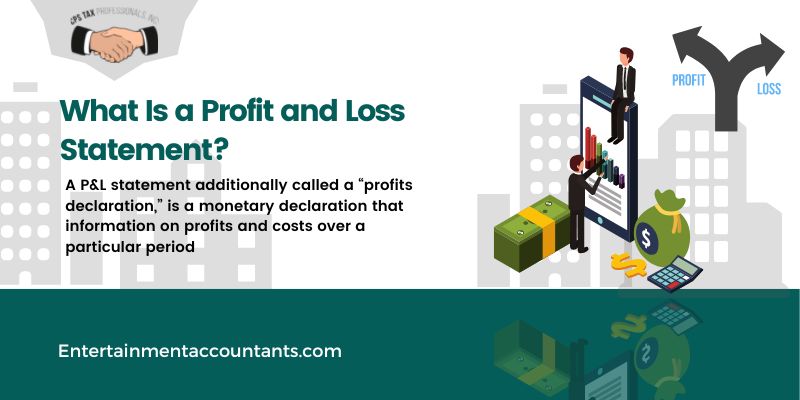What Is a Profit and Loss Statement?
A P&L statement additionally called a “profits declaration,” is a monetary declaration that information on profits and costs over a particular period. This file allows you to apprehend what’s in the back of a company’s profitability with the aid of using categorizing sales and costs. For example, you could see if a business spends extra than it earns on production, and you could view working profits one after the other from financing prices and taxes.
How a Profit and Loss Statement Works:
As you pass thru profits and prices step with the aid of using step, the tale at the back of profitability (or losses) unfolds. The profits assertion starts with sales and actions directly to prices that sooner or later bring about the organization’s income or loss.
If any components or substances are required, the prices usually cross below the price of products sold (COGS). The end result is gross income. Next, the assertion subtracts any prices vital to run the business, inclusive of payroll, utilities, renovation prices, and different prices. The end result is running income. At this stage, you could inform how powerful the business enterprise is at offering items or offerings at an income.
Analyzing Profit and Loss Statements Over Time
A P&L assertion is a picture of 1 period’s monetary results. But that files won’t be beneficial except you recognize the larger picture. By reviewing how the P&L assertion adjustments over time, you’ll be capable of spot trends. For example, if COGS will increase dramatically, which can imply much less profitability ahead (or only a transient spike in enter prices). Thus, it’s crucial to view every P&L assertion as one piece of the puzzle.
Other Financial Statements:
A P&L assertion gives treasured records of approximately profits and prices. But for a whole view of an organization’s monetary health, it’s smart to check different monetary statements, as well.
Balance Sheet:
A stability sheet suggests a business enterprise’s assets, liabilities, and fairness. Assets, which seem at the left facet of the stability sheet, are matters the business enterprise can promote or use to provide sales. Liabilities, at the proper facet, constitute bills or duties which can lessen profits. Finally, fairness is the cost of the business enterprise in case you fulfill liabilities and feature final assets.
Cash Flow Statement:
Cash glide statements element adjustments in coins levels. Since liquidity is vital to hold agencies afloat, the cap potential to control coins is critical. It’s smooth to confuse the coins glide assertion with a profits assertion. But the P&L assertion info the monetary idea of profits, which won’t affect coins glide withinside the approaches you expect. For example, depreciation is probably an “expense” at the P&L assertion, however, it’s an accounting idea—now no longer a coins glide. The coins glide assertion specializes in real bills and receipts.

